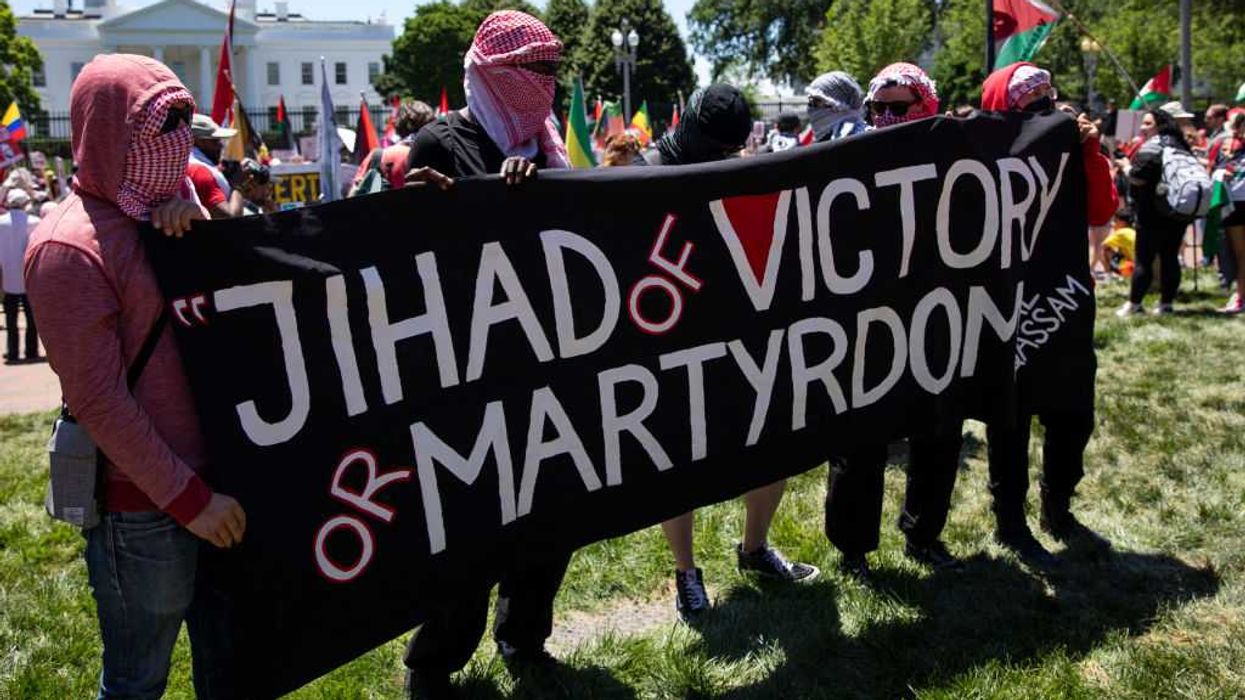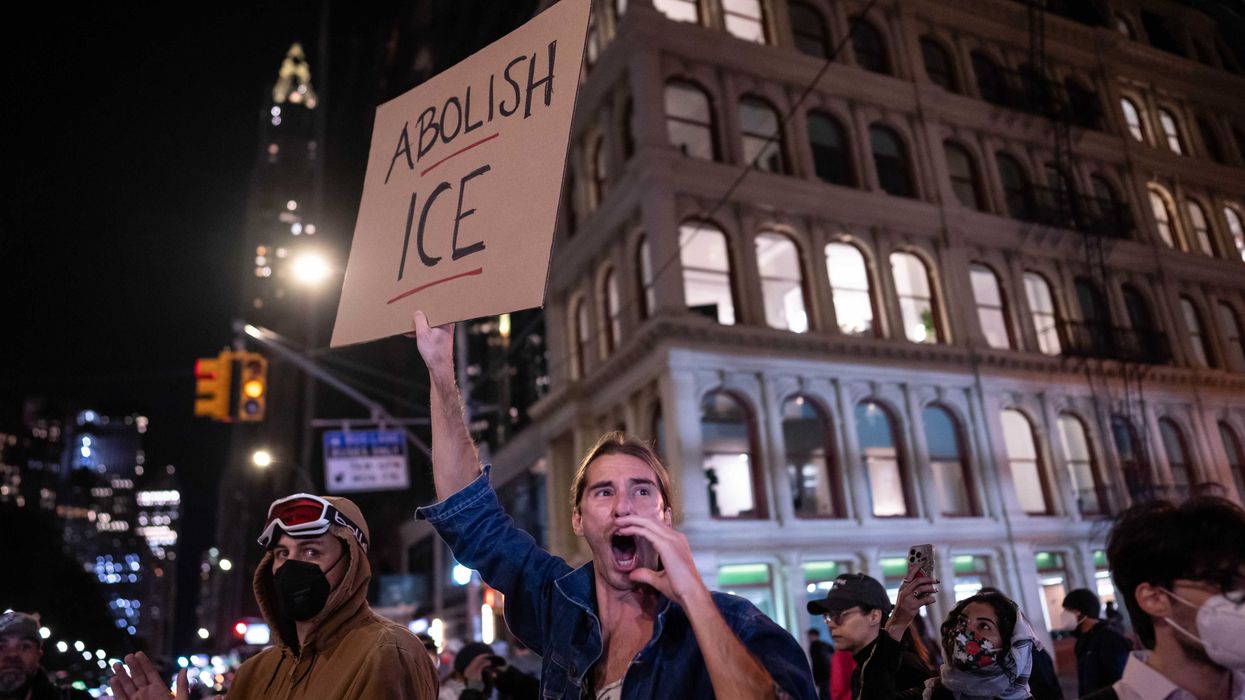Secretary of State Blinken just announced an additional $1 billion in aid to Ukraine during his surprise visit to Kiev. That brings the total sum of US aid sent to Ukraine to a whopping $76 BILLION. What's more? Biden asked for an additional $24 billion in aid destined for Ukraine. $100 BILLION later, and the war is STILL raging. Is there any end in site?
The answer is a resounding NO with the Biden administration continually touting the confident yet ambiguous declaration, "As long as it takes." What does that exactly entail? Will we continue to escalate our weapons shipments until Russia retaliates? Will we follow Ukraine into World War III? As long as the US unabashedly continues to aid Ukraine without a clear policy in mind, the war and its turmoil will continue...indefinitely.
Is there any end in site? The answer is a resounding NO.
From across the pond, it is difficult to put the continued toll of the war in perspective. However, the Ukrainian people encounter the heartwrenching realities of war every day. To give you a glimpse into the daily life of the Ukrainian people living in their war-torn country, a Blaze employee sat down with a Ukrainian woman living in the US, who opened up about her experiences during her trips to her homeland.
The Ukrainian people encounter the heartwrenching realities of war every day.
Her testimony paints a vivid picture of the harsh realities that the Ukrainians endure on a daily basis. As long as the war continues with no end in sight, their suffering will continue. One thing is clear: our leaders must demand an end to this war. The Ukrainian people deserve it.
To learn more about the REAL situation in Ukraine, be sure to tune into Glenn's special on Ukraine TOMORROW at 8:00 p.m. CT on Blaze TV. Here are the highlights from our sit-down with the Ukrainian woman, who wished to remain anonymous. The following has been edited for clarity and readability.
What is the state of morale of the Ukrainian people?
“I saw many people who are holding on very strong, but when you touch them, when you give them a hug, they just break. They cry. And it’s such a deep cry… Because they cannot show their children that they are broken and there is no hope. They have to be strong for their kids and for [their] grandchildren."
How has the war taken a toll on the average citizen?
“Everything changed. They live in a war zone. I am from the western [region of Ukraine], and what you have there are people who are working for the front. There is lots going on. People are cooking or providing for people who are fighting. They’re sending buses of food and clothes and whatever is needed… [Western Ukraine] provides help."
What are some of the personal stories that you have witnessed?
“I was at home, and [my sister] went on a walk with her husband and two children. Ten minutes later they were running back because they got the message on their phone that the rockets entered the Ukrainian sky, and they were flying towards our city.”
So the Ukrainian government sends people notifications?
“Yes, they get the notifications that the rockets are flying, which say, ‘Ok, they’re flying towards Kiev… or they’re flying towards this particular city. The trouble with this is that the rockets can change their direction. They always warn people on their phones. That’s what happened while I was there.”
You mentioned poverty. What does that look like for Ukrainians in day to day life?
“Compared to three years ago, bread is four times as much, so, it’s very expensive. It’s very hard to live. The state of life is not easy right now. People who have relatives overseas can survive. But for people who have none, it’s practically impossible to survive there. People there know how to survive on a little. It’s interesting, the mentality. They know how to survive on bread and water. If they don’t have food, they fast.”
How else has the war taken a toll on the average citizen?
"The war changed everything, but the biggest [change] is that they lost peace. They are haunted by the thought that they could be next. [The Russians] can kill them. [Russians] can attack their city, their home. My mom said that out of [her] seven children, I am the only one in a safe region [because] I live in America. She says, ‘Be grateful for the peace you have. Be grateful for the safety you have, because we don’t have that. We don’t have tomorrow. [We] can plan, [we] can have birthday parties, but we don’t know what’s going to happen today or in the evening or at night. If they’re going to bomb us, if they’re going to kill us. We don’t have tomorrow.’ That’s what my mom says.”
You mentioned that there are no young men left. How has that affected the country? How are the women and children providing for themselves?
“You have a nation that is fatherless and a nation of widows. There are lots of widows and orphans. When I was driving to my brother-in-law’s town, there was a display of young men who had been killed, pictures of young men [on] a town hall, [on a banner] who lived in that town, who were drafted and killed. I asked my brother-in-law, ‘How is it going here?’ He said, ‘They are taking our men. They are killing our young men. The working force, fathers, husbands. They need to go [fight in] the war, but you have unprotected children and wives and mothers who are left there. But, little by little, because of the war, they are killing young men. The towns are wiped out of young [men]. In my city where I walked, there are no young men walking [around], not many. This is the saddest part for me, that there are young guys who are fathers with young kids who have to fight. Husbands and sons, uncles, nephews... they’re gone.”
What was life like while living under communism?
"It was not easy to live under the communist system. I was a part of that. I experienced that. And when communism fell, I was 15 or 16. When we finally got this independence in 1991, we could live the way we want, like normal people live. [We could] say what we want, eat what we want, dress ourselves the way we want. We wanted to be our own people, you know? But the Soviet system was very gray. You wore the same clothes, you were going to the same school system--there were no private schools."
"The system was against Christianity, as well. They called us ‘gray mass.’ I remember this. They would always say, ‘If you stay gray and low, you will be ok. As long as you stay low and gray and do what they ask you to do, you’re fine. But as soon as you stick out and speak out and you are different, they will shoot you. They will put you in prison. They will poison you. They will find a way to get rid of you because you are different. So in 1991, it was like we want to be [free]. But now they are trying to put us back under their dominion.”
What does winning look like to Ukrainians?
“They just want Russians off our land. They don’t want [the Russians] to tell them what to do. We want to be free, and we want to live our lives, and work for ourselves, and feed our children. Our fault is that we are on the good soil and that we’re a hardworking people.”

 AASHISH KIPHAYET / Contributor | Getty Images
AASHISH KIPHAYET / Contributor | Getty Images
 Harold M. Lambert / Contributor | Getty Images
Harold M. Lambert / Contributor | Getty Images Adam Gray / Stringer | Getty Images
Adam Gray / Stringer | Getty Images Anadolu / Contributor | Getty Images
Anadolu / Contributor | Getty Images